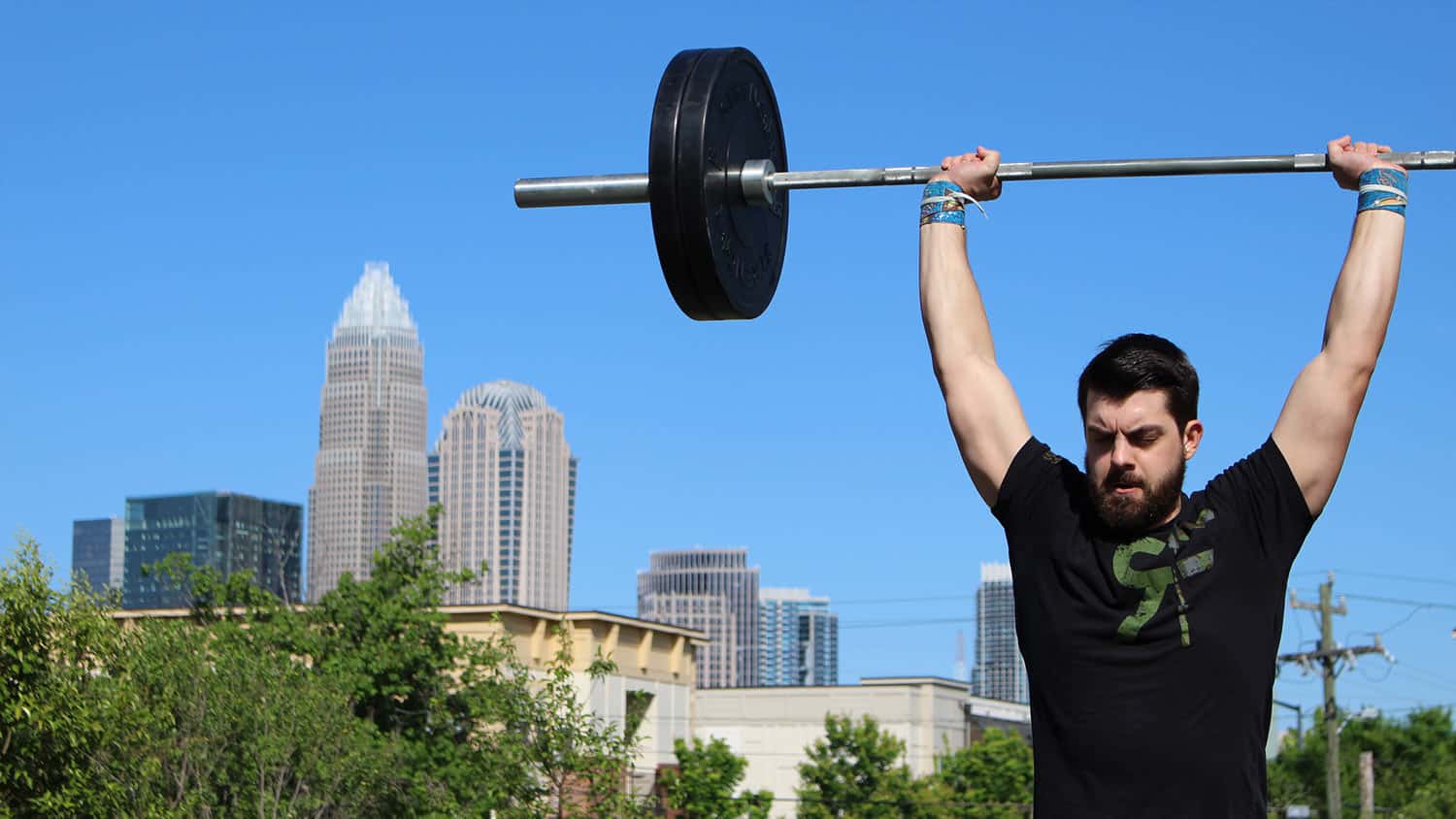
Overhead squat mobility requirements
Break out the mobility requirements for overhead squats so that you can get in the best positions for efficient technique and skills development!
Overhead squat breakdown
The overhead squat requires an athlete to have great mobility throughout the body and excellent technique. When positioning is off, the overhead squat becomes a significantly harder exercise to perform.
The following video will help you better understand optimal technique for this challenging lift. Then performing the mobility breakouts will help you identify the exact areas you need to attack for an unstoppable overhead squat!
Ankle mobility
For ankle mobility specific to the overhead squat, we need to look at two pieces. First, ankle dorsiflexion, or our ability to drive the knee forward as we squat. Second, we want to assess lateral ankle mobility so that we can drive the knees out during the squat.
Hip Scour
Identifying your hip joint's optimal position for squatting to depth is the next important step for the back squat. We'll utilize the hip scour test for this.
Hip rotation
For those needing more hip mobility to squat, opening up rotation often gets us more depth. We will analyze hip internal and external rotation to identify the direction your hip mobility work should emphasize.
thoracic mobility
Shoulder flexion is going to be the biggest limitation in athlete's overhead positioning. We use the back to wall shoulder flexion test to isolate the shoulders and prevent compensations with the spine. Pay close attention to hand position and to not let your elbows bend during the test.
Shoulder flexion
Shoulder rotation
Addressing shoulder rotation limitations will often create rapid changes in overhead mobility. We'll use this back to wall test to assess your rotation.